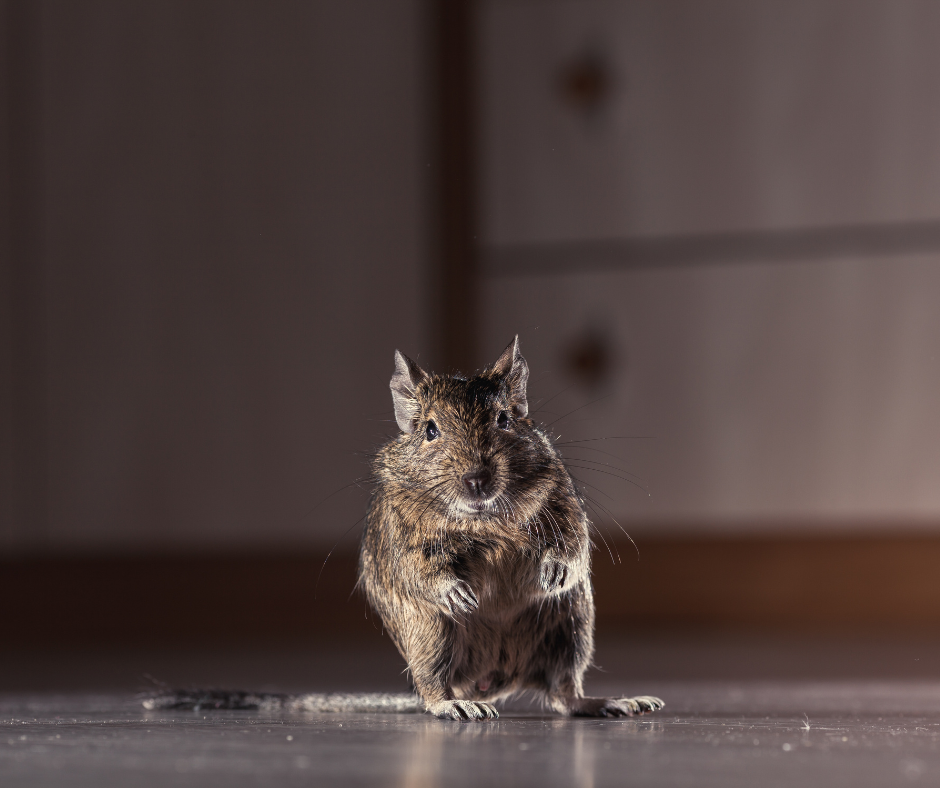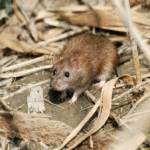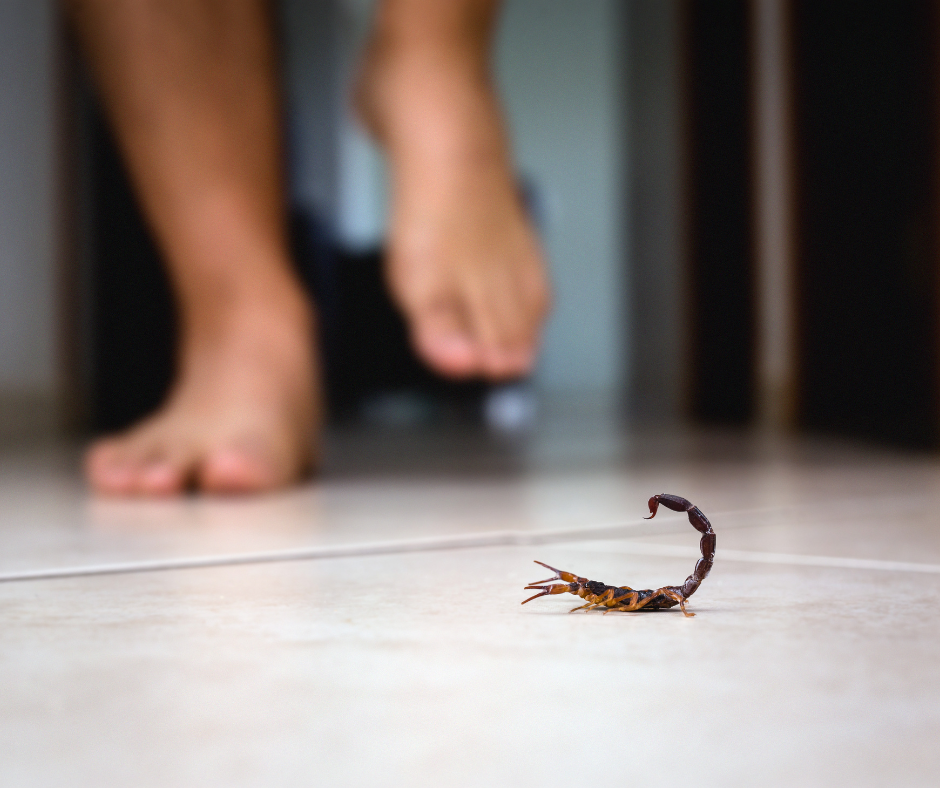Identify & Learn More About Small Rodents
Moderate to High Risk

Prolific breeding mammals that contaminate food, spread disease, and cause structural damage through constant gnawing behavior
Call Athena Pest Control Immediately if:
You hear scratching or scurrying sounds in walls, ceilings, or attics
You discover rodent droppings in food storage areas or cabinets
You find gnaw marks on food packaging, wires, or structural materials
You notice musky odors or see grease marks along baseboards and walls
Common Species
House Mouse
Gray-brown, 3-4 inches, large ears relative to head, curious nature
Norway rats
Brown/gray, 7-9 inches, heavy build, prefer ground level areas
Roof Rats
Black/dark brown, 6-8 inches, excellent climbers, prefer elevated areas
Deer Mice
Brown with white undersides, large eyes, prefer rural/wooded areas
Where You'll Find Small Rodents
Kitchens, pantries, basements, attics, wall voids, behind appliances, storage rooms
Woodpiles, overgrown vegetation, compost areas, sheds, garage spaces, foundation cracks
Small dark droppings, gnaw marks, greasy rub marks, shredded nesting materials, musky odors
Gaps under doors, holes around pipes, damaged weather stripping, foundation cracks, roof vents
Small Rodent Prevention Tips
Use steel wool and caulk for holes, install door sweeps, repair damaged screens, seal utility penetrations
Store food in metal or glass containers, clean up crumbs immediately, secure pet food overnight
Remove clutter, trim vegetation from foundation, eliminate water sources, maintain clean storage areas
Regular cleaning, proper garbage storage, fix moisture problems, remove nesting materials
Health & Property Risks
Disease Transmission
Salmonella, Hantavirus, lymphocytic choriomeningitis, leptospirosis, plague
Food Contaimination
Contaminate 10 times more food than they consume through droppings and urine
Structural Damage
Gnaw through wires causing fire hazards, damage insulation and building materials
Allergic Reactions
Dander and droppings trigger asthma and allergic responses
Seasonal Activity
Rodents are active year-round but show increased indoor activity during cooler months:
Jan
Feb
Mar
Apr
May
Jun
Jul
Aug
Sep
Oct
Nov
Dec
Peak Season
October through March when outdoor food sources decrease and rodents seek indoor shelter
Treatment Difficulty
DIY Effectiveness: ⭐⭐ (Low to Moderate) – Store-bought traps may catch individuals but rarely address the entire population
Why Professional Treatment is Essential: Effective rodent control requires comprehensive inspection to identify entry points, proper trap placement and baiting techniques, population assessment, and exclusion work to prevent re-infestation. Rodents are intelligent and quickly learn to avoid improperly placed control measures.
Expected Timeline: 1-3 weeks for initial population control, with follow-up visits for complete elimination
Small Rodent Myth Busters
Myth: Cheese is the best bait for mouse traps
Truth: Mice prefer high-protein foods like peanut butter, bacon, or dried fruit
Myth: Cats automatically solve rodent problems
Truth: Well-fed house cats often ignore rodents, and rodents can coexist with cats
Myth: Ultrasonic repellers effectively control rodents
Truth: Scientific studies show these devices have minimal long-term effectiveness



